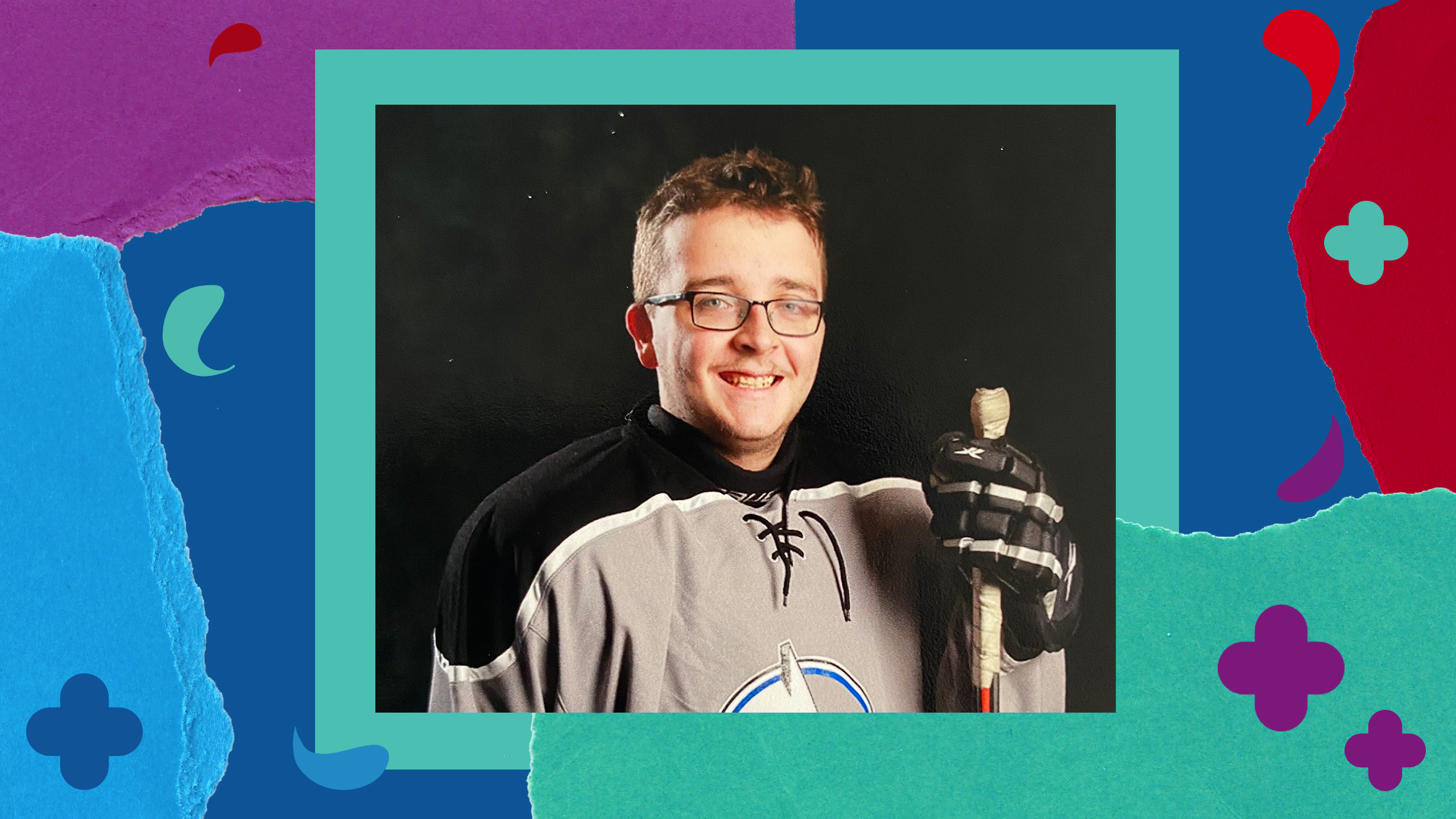
Hockey was a home for me, until I realized I was gay
While the game gave me a sense of community, toxic hockey culture made me afraid to be who I am
CONTENT WARNING: This article contains mentions of homophobia.
If you ask anyone that grew up in hockey, they’ll be able to tell you the reason that first brought them to the sport. For some, it might have been a family tradition; others may have had a favourite player. For me, it was when I realized hockey was my ticket to make friends.
When I was younger, I was diagnosed with Autism Spectrum Disorder. Growing up, that meant I was the outcast, the kid with no social skills and an obsession with the weather channel.
To help me, my parents enrolled me in social skill classes. What those classes taught was the importance of common interests with other people. So, I created a plan: almost every guy I knew that was my age loved hockey, so if that became our common interest, maybe they would be my friend.
I put the plan into action at school one Monday morning, when I was about ten. I walked into class, steeled up my nerves and walked over to another boy. He turned to me—uneasy and unsure of what I might do—but I just said:
"Hey, did you watch the game on Saturday?"
Visibly relaxed, he smiled, and I had the first normal conversation with a peer in my life.
When you've spent enough time on the outside, if you find an open door, you run through it. I devoured hockey stats, history and trivia. Maple Leafs games became a required viewing every night. I eventually strapped on the skates to play on the ice. Everything became a quest to subsume my identity entirely in hockey because hockey meant friends, a community and some degree of normalcy.
For a while, things were better. I was still the socially awkward kid, but I finally had a way to relate to others. On the ice, my teammates refused to let any opponent touch me, and any goal I scored felt like we'd just won the Stanley Cup.
That was until I began to realize I was gay.
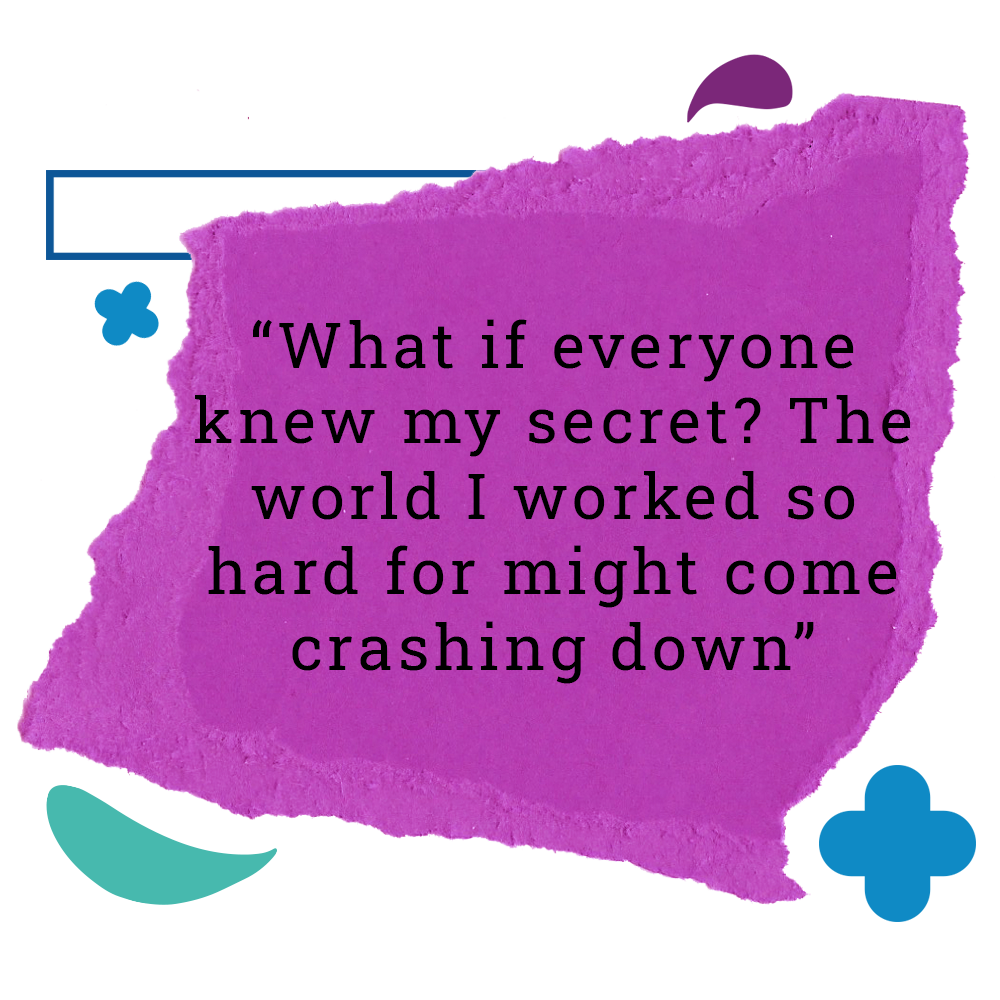
I wasn't blind to how hockey culture felt about homosexuality. I heard the jokes and the slurs—in dressing rooms, in the stands and on the ice. I was 11-years-old when I first heard a teammate call an opponent the f-slur. I remember sitting in my dad's car on the drive home from the rink that day, replaying that moment in my head over and over, wondering how a teammate—someone who I had been joking with on the bench minutes before—could turn around and say one of the worst slurs I knew of so effortlessly.
That was the first time I heard a slur like that. From that point on, each time I heard it, I was left terrified that the next time it might be directed at me.
What if everyone knew my secret? The world I worked so hard for might come crashing down.
Over the next half-decade, I learned a common lesson as a gay hockey player: that one of the only ways to survive within the culture I'd engulfed myself in was to embrace its worst qualities and hope for the best.

In Canada, the number of LGBTQ2IA+ youth participating in team sports is declining, particularly among young males. In a 2018 study in the Journal of Sport and Health Science, researchers examined health surveys of just under 100,000 LGBTQ2IA+ youth in British Columbia between 1998 and 2013. They found that the number of gay male youth participating in team sports declined from 55.5 to just 32.8 per cent, while it dropped from 58.9 to 42.4 per cent among bisexual male youth.
Among registered youth hockey players, the number of males has been in decline every year since 2014-15, according to Hockey Canada. If you ask Brock McGillis, a former Ontario Hockey League and semi-professional goalie, they’d see a rise in registration if hockey was more inclusive to queer people.
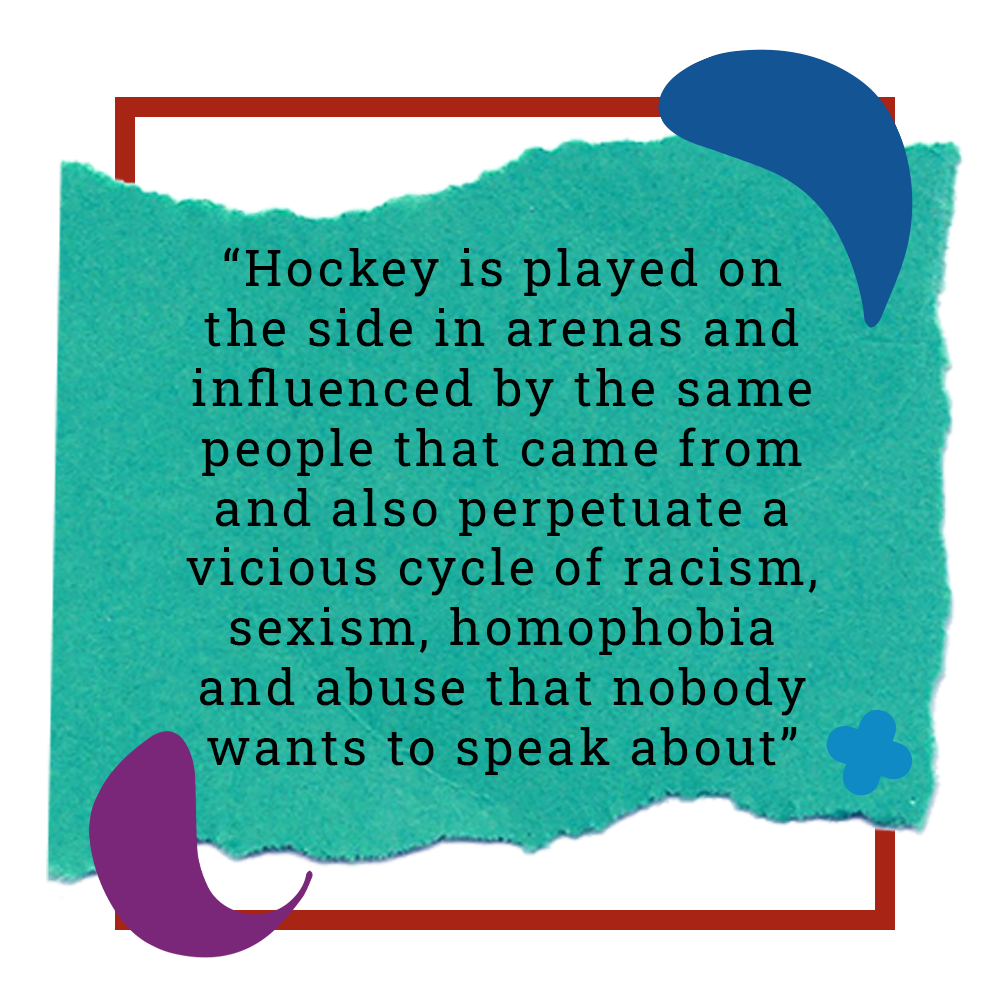
Since coming out publicly in 2016, McGillis has become a leading advocate for changing the culture in hockey to be inclusive for all people. Before COVID-19, he was travelling across the world speaking at events, universities and schools to break the stigma of queerness and encourage better inclusion in all sports. He says these problems can be harder to address in hockey.
"Hockey is a culture that is predominantly white, assumed to be straight and is [closed off] because it is off to the side in arenas, whereas most sports growing up are played in schools," said McGillis.
“In a school, you may have different socio-economic backgrounds, different teams may share a locker room, teachers coach sports teams and you'll have various clubs in the school like Gay-Straight Alliances, so some form of diversity surrounds you,” he continued. “Hockey is played on the side in arenas and influenced by the same people that came from and also perpetuate a vicious cycle of racism, sexism, homophobia and abuse that nobody wants to speak about."
McGillis has spoken to over 200,000 people on his trips across North America and Europe. From coast to coast, major junior to minor hockey, he recognizes consistent themes.
"You are taught within the culture that you have to be a man's man, you have to be this hyper-masculine bro to succeed," said McGillis. "When you see the 99 per cent saying and acting and doing these things, you think it's the only way you can make it."
I remember being part of that 99 per cent. Hockey wasn't the only place in my life where I saw or experienced homophobia, but hockey was how I defined myself and the place I saw it was most accepted. So by the age of 13, I hid, thinking that if I leaned into the hockey stereotype, I could make the “wrong” thoughts that I had disappear.
When you’re autistic, a skill you learn is to essentially mimic the behaviours of those around you. When I heard my teammates call an opponent the f-slur, I joined in. When I heard sexist jokes about women, those were suddenly the funniest jokes in the world. Anything I saw or heard that I could do to make sure that I wouldn’t be a target, I did.
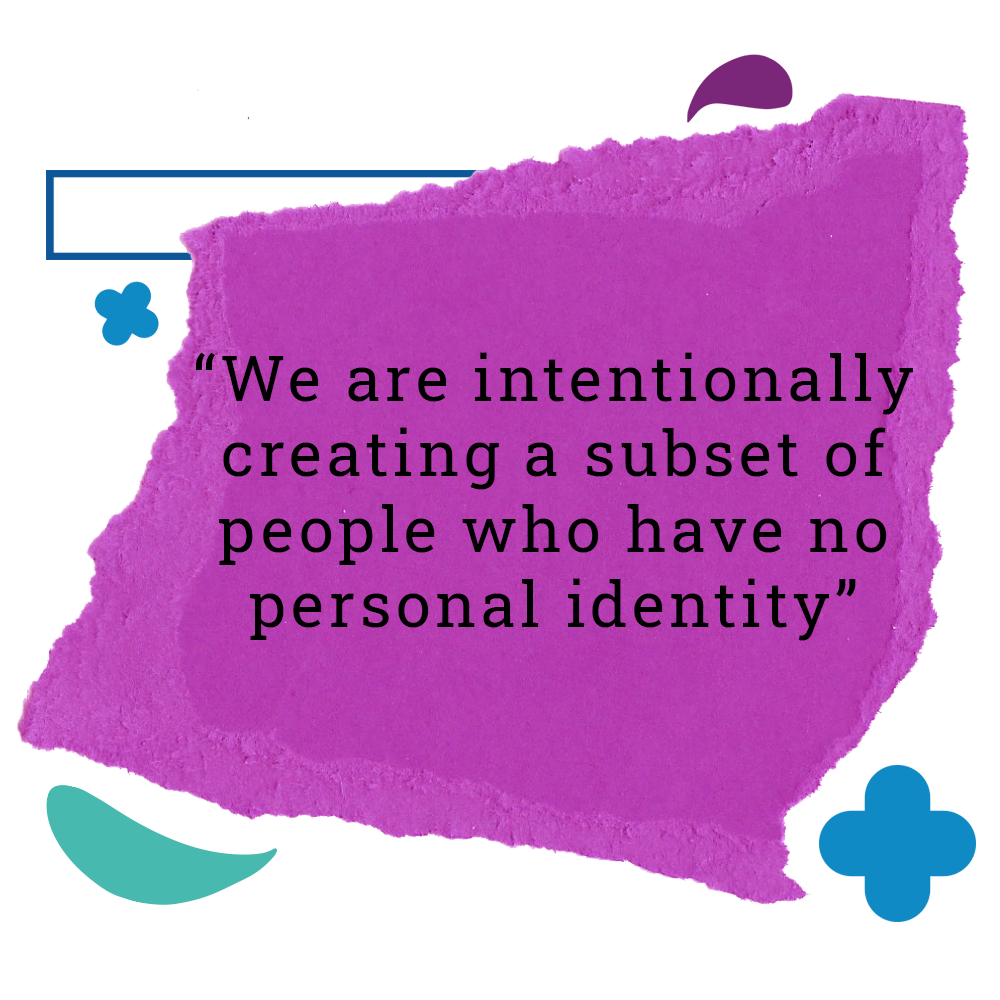
My hiding soon stretched further than the doors of the rink. I would go on message boards and a (long since deleted) Twitter account to call people gay slurs for fun. Unless I was involved in hockey somehow, I spent most days alone, too worn out to talk to anyone. Everything around me reinforced that I had to hide my sexuality to make sure that I could fit in with the crowd.
That desperation to fit in isn’t surprising to McGillis. But to him, the constant requirement to have hockey be the only genuine part of a young boy’s personality is incongruent with happiness.
"Could you imagine if we told surgeons they could only focus on surgery?" said McGillis. "We are intentionally creating a subset of people who have no personal identity."
Through his work speaking to players, McGillis has tried to get them to open up a little about their life away from the rink. "When I went into locker rooms, I would ask them, ‘tell me something you wouldn’t typically tell a teammate that you enjoy.’"
"I had a tough guy tell me he loves writing poetry; I had a fourth-year major junior player tell me if he didn't make the National Hockey League (NHL), he wanted to be a zoologist, then a first-year player jumped out of his seat and said, ‘Really? I love animal documentaries.’”
“When we realize that normal doesn't exist—that we are all a bunch of weirdos, and we are all different—it'll break down those layers of conformity."

To those that have studied homophobia in hockey, a need for conformity isn’t surprising.
Cheryl MacDonald is a professor at Saint Mary's University and the associate director of outreach at the Saint Mary's Centre for the Study of Sport and Health. For five of her ten years of her research into masculinity in hockey, MacDonald studied the impact of homophobia in the sport. In that research, she saw how damning being "different" could be in hockey's team-oriented atmosphere.
"It wasn't until I started talking to former NHL players that I saw that it doesn't matter if you’re gay, have concussion problems, addiction problems, if you’re somehow different or come with some type of perceived baggage, whether real or not. You just don't fit in."
Now two years removed from her research, the number of people she saw struggle still stand
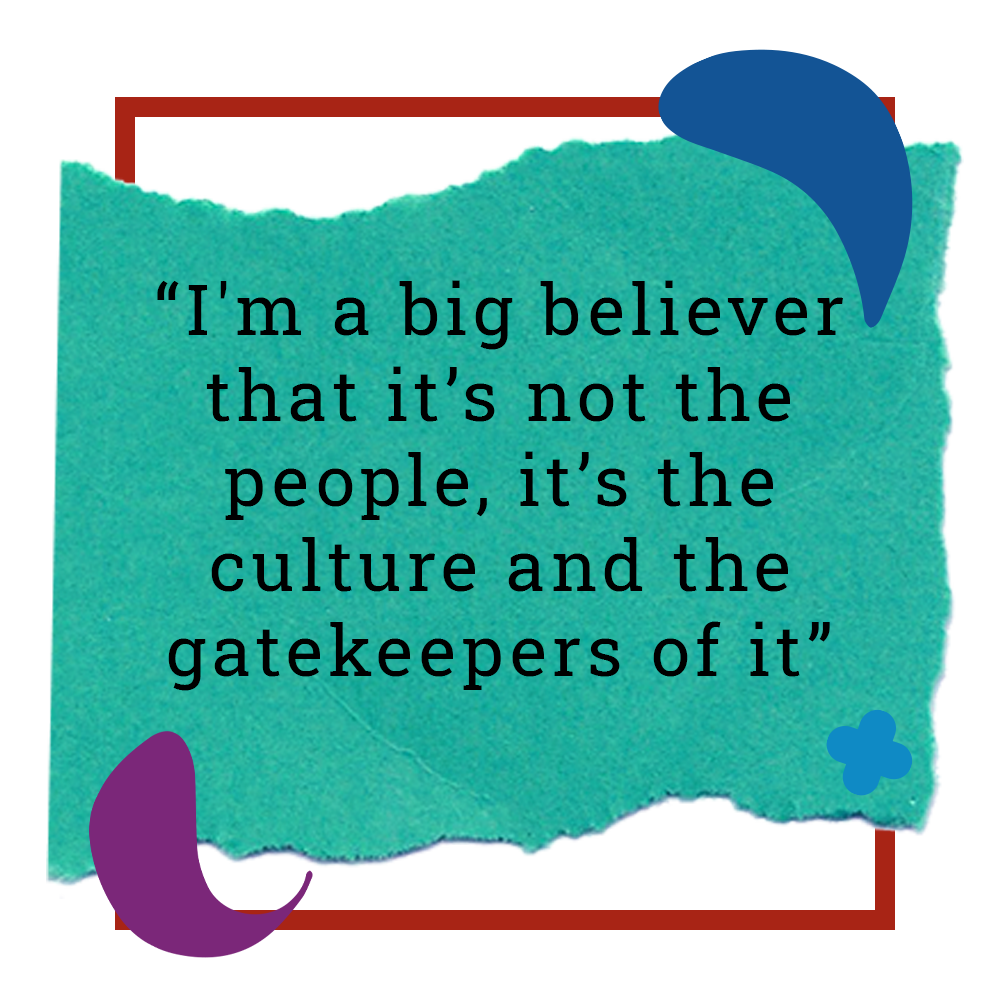
"What I saw throughout those ten years was a whole lot of people who were quite miserable because they loved hockey, but they found it difficult to be themselves."
For both MacDonald and McGillis, it’s clear that when there’s a more personal understanding of homophobia—meaning those involved see the impact of their words and actions on those around them, regardless of whether it’s intentional or a byproduct of the culture—they can begin to change.
"I'm a big believer that it’s not just the people, it’s the culture and the gatekeepers of it," said McGillis.
MacDonald’s research has seen this in action. When players step away from the rink, the culture and those guarding it, feelings and beliefs can seemingly change instantly.
"I asked [the players] about the idea of having an openly gay teammate,” said MacDonald. “So many behind closed doors said that they wouldn’t have a problem…It would be different and new to them, but at the end of the day, that person is their family."
Both McGillis and MacDonald are pushing for action to start structurally altering the locker room and on-ice culture and help players and coaches understand the impact of their words and actions.
For MacDonald, it’s important to focus on key players within hockey who are trying to move forward. "I think that the more we put progressive folks in leadership positions and enforce harsh punishments [such as more severe fines and suspensions], the faster we'll see change," she said. "It's a matter of taking the useful people and rules that already exist and making sure they dictate the culture from the inside."
While changing leaders and increasing punishments is crucial, another necessity, according to McGillis, is proper education programs on LGBTQ2IA+ experiences for those involved in hockey.
“There needs to be an education program that’s done from the top-down and the bottom-up,” he said. “Everyone says you need to start with the youngest—and I agree, but you also have to start at the top, otherwise they’ll get to a point where the culture will just be reinforced and it won’t get anywhere.”
But to put impactful education programs in place, McGillis thinks that real structural alterations need to be made to how hockey culture operates.
“When more queer people have seats at that table at every level of the sport; when we have multiple professional players speaking out against homophobia within the culture and using their influence to create shift-makers at younger levels; when people are comfortable speaking out about harassment and language, without fear of their careers ending; then I’ll feel like there has been a shift,” he said.
“Until that happens, I’m going to sit here and say it’s performative and I don’t believe it, because I know what goes on in those locker rooms.”
Some within hockey may look to NHL Pride Nights as a sign that hockey culture is shifting. But as McGillis says, without structural changes, "it's like having the parade before winning the cup: you’re celebrating the work as if you had accomplished something."

I knew I was never going to play professional hockey. But now, at 21-years-old and two-and-a-half years after coming out, reflecting on years invested in hockey culture makes me remember why I loved it—but also the lasting damage that it did.
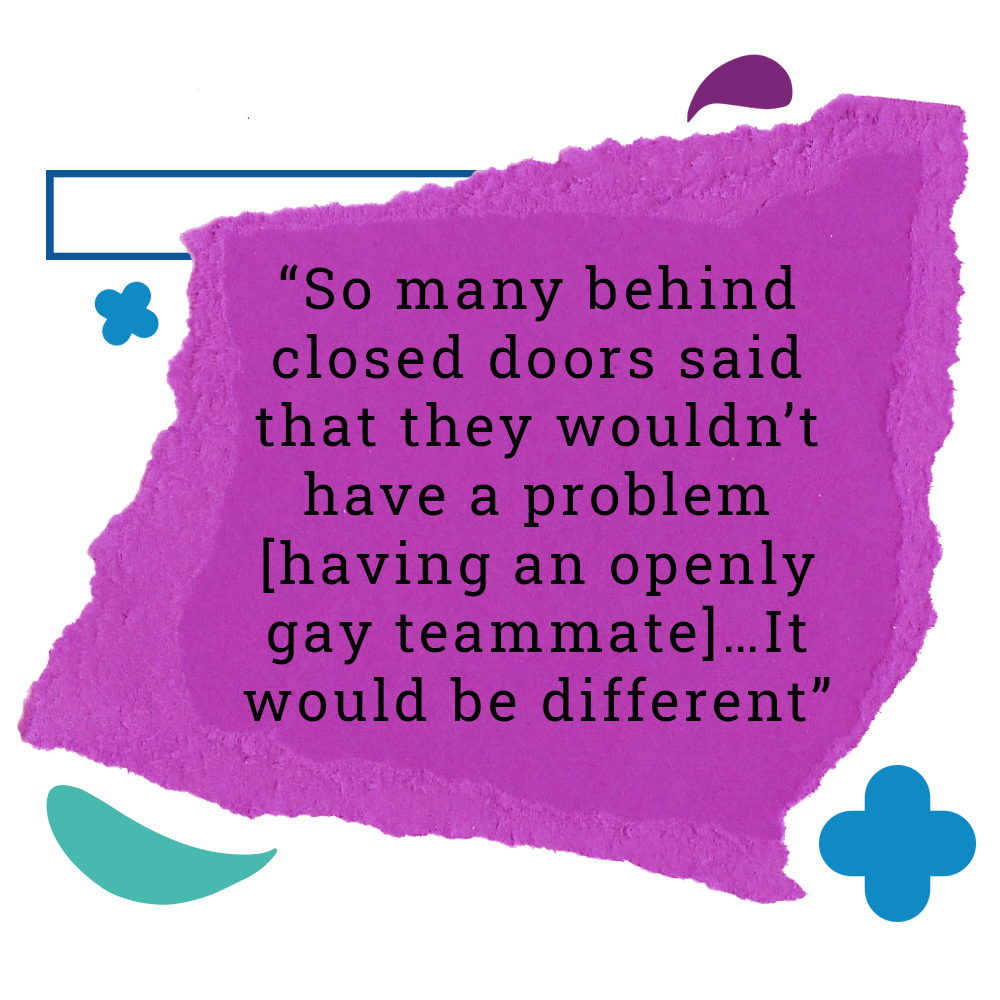
Hockey will always hold a special place in my heart: to a socially awkward kid who was desperate to fit in, it was the perfect place to hide. It brought me my first friendships, my first dose of self-confidence and eventually inspired my career path in sports media. But in doing so, that culture also forced me to keep who I was a secret. For so many nights it left me angry, scared and exhausted from having to pretend for so long.
Stephen Leacock (1869-1944) once wrote: “Hockey captures the essence of Canadian experience in the New World. In a land so inescapably and inhospitably cold, hockey is the chance of life, and an affirmation that despite the deathly chill of winter, we are alive.”
While hockey feels like an integral part of what we understand as Canadian culture, it’s reaching a breaking point. So many have had to bend to fit within it, to change themselves and who they are in order to be what the culture expected of them. There will come a point though—in fact, it may have already begun—when those same people finally say enough, the game isn't worth it, the baggage it creates is too much to carry.
There’s a reason why so many have found joy in hockey, but it’s also clear why so many have found pain as well. It’s only through long-overdue change that the sport can not only continue to exist in Canadian culture but be a part of the Canadian experience to actually feel proud of.